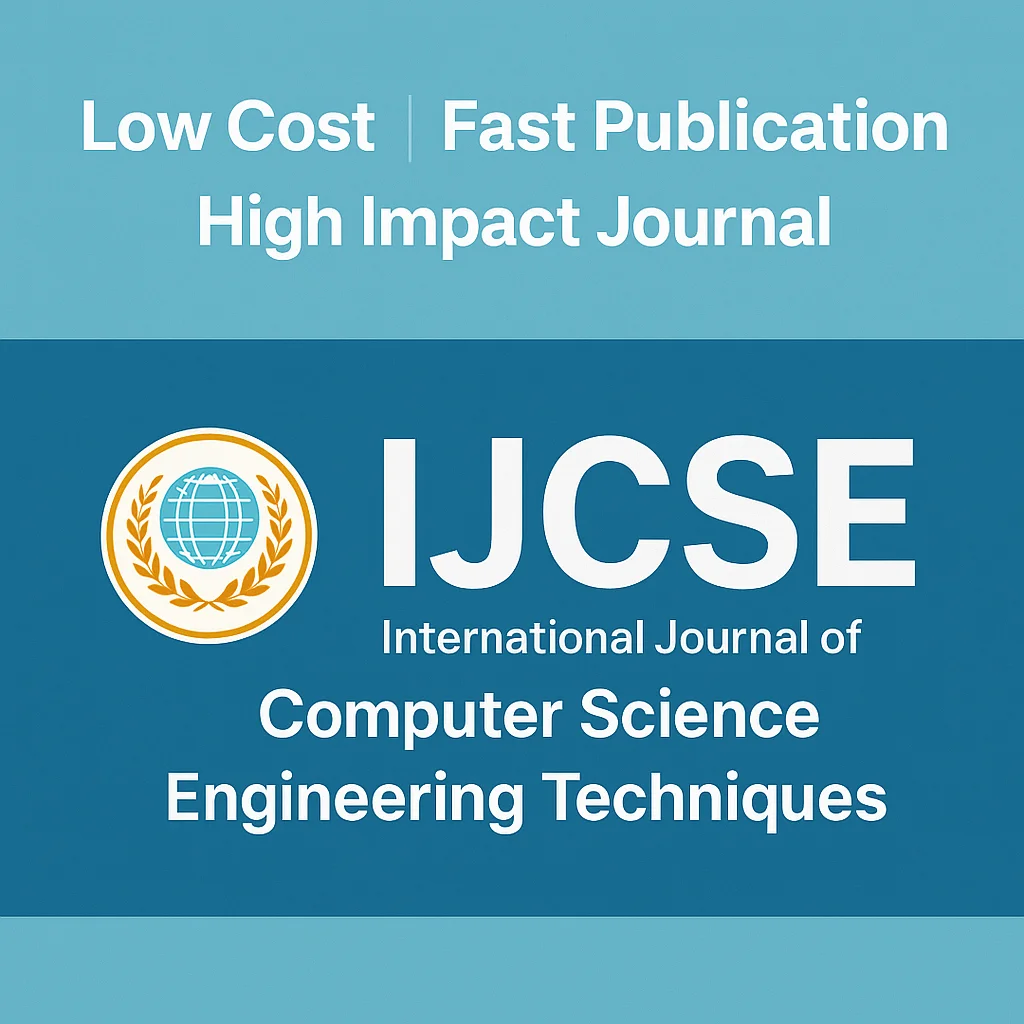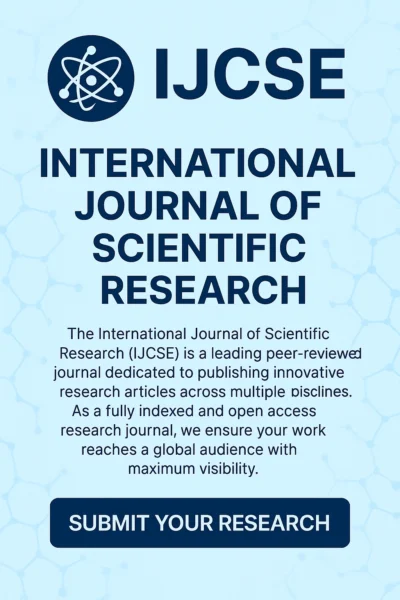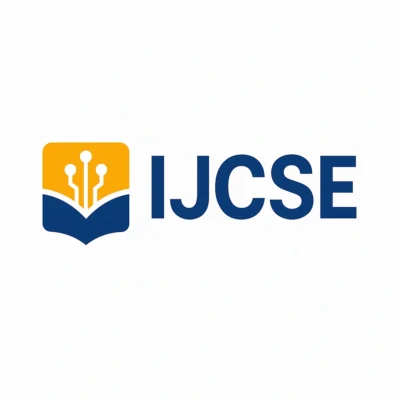
Science Journal Impact Factor & Ranking | Fast, Ethical Publishing at IJCSE
Science Journal Impact Factor & Ranking — What It Means and How IJCSE Helps Authors Publish Stronger
Authors frequently search for science journal impact factor, ask about the true value of the impact factor for science, and compare science impact factor lists to plan submissions. This guide explains how scientific journal impact factor is calculated, how rankings differ from indexing, and—most importantly—how to position your research for fast, ethical, and visible publication with IJCSE.

What is a scientific journal impact factor?
A scientific journal impact factor is a citation-based indicator that approximates how often, on average, recently published articles in a journal are cited in a given year. For authors, it’s one lens—useful but not absolute—for judging where to submit. Universities and funders may look at impact metrics during evaluations, yet high-quality peer review, methodological rigor, reproducibility, and real-world relevance remain decisive for long-term academic value.
Key reminder: No single number can summarize research quality. Use impact factor for science as a directional signal alongside acceptance timelines, editorial standards, scope fit, and audience reach.
How is the science impact factor calculated?
The familiar formula divides the number of citations in the current year to items published in the prior two years by the number of “citable items” published in those same years. Variants exist across providers, and coverage databases differ, so two rankings for the same title can vary. Authors should read the methodology notes and understand which document types count as “citable” in each system.
- Coverage matters: Different databases index different journals and article types.
- Discipline effects: Citation norms vary across computer science, AI, data engineering, and interdisciplinary work.
- Time lag: Fast-moving fields may show citations later or outside traditional windows.
IJCSE emphasizes transparent peer review, ethical publishing, and discoverability. Beyond impact factor, we focus on editorial speed, indexing breadth, and author support so your work is read, cited, and reused.
Ranking vs. Indexing—what authors should track
Rankings order journals using one or more metrics (e.g., impact factor, SJR, h-index). Indexing refers to inclusion in databases and discovery services that help readers find your article. Indexing often drives practical visibility and citations more directly than the rank alone.
- Indexing breadth: Ensure your journal and article are discoverable via major scholarly services.
- Open access routes: OA accelerates reads and can improve citation velocity.
- Structured metadata: Rich titles, abstracts, and keywords boost retrieval in search systems.
Helpful IJCSE pages
Smart “journal techniques” to raise your article’s citation potential
“Journal techniques” here means practical, ethical author strategies that make research easier to discover, read, and apply. These are field-tested habits that complement a journal’s editorial work and help your paper compete for attention in search engines and scholarly databases.
Before submission
- Scope fit: Align your manuscript with IJCSE’s topics and aims to avoid off-scope delays.
- Title precision: Lead with the problem, method, and domain keywords readers use to search.
- Abstract for retrieval: Include core entities, datasets, and techniques; avoid vague claims.
- Method clarity: Reproducible steps, datasets, and code links increase re-use and citations.
- Ethics & originality: Pre-check with our plagiarism policy.
During review & revision
- Address reviewer intent: Clarify threats to validity and strengthen experiments.
- Broaden related work: Cite foundational and recent work across subfields to connect audiences.
- Figures & tables: Self-contained captions improve skim value and future referencing.
- Data statements: Add licensing, versioning, and links for long-term access.
After acceptance
- Share the record: Link your article from lab pages and profiles to accelerate discovery.
- Clear keywords: Use consistent author keywords and subject tags for search alignment.
- Community demos: Short videos or notebooks can dramatically increase reads and citations.
Submit with confidence—our process, timelines & transparency
IJCSE follows an efficient, ethical peer-review workflow to keep authors informed and accelerate high-quality research into the literature. We prioritize clarity, communication, and a constructive experience for both authors and reviewers.
*Complex methods or multiple rounds may extend timelines; authors are updated at each step.
Editorial policies that protect your work
- Experienced editorial board with domain breadth in CS and engineering.
- Strict plagiarism & ethics screening before peer review.
- Transparent publication charges, open access, and clear author support via contact.
Where rankings meet reach: maximize the value of your article
Impact factor for science is meaningful when readers can find and apply your work. IJCSE pairs rigorous peer review with indexing pathways and author guidance that convert quality into visibility.
- Article formats and metadata designed for search engines and scholarly discovery.
- Reference quality and persistent identifiers for dependable linking and citation.
- Author toolkits for sharing your work in academic communities and conferences.

FAQs — impact factor for science, rankings & submissions
Does a higher science journal impact factor guarantee more citations for my article?
Is ranking more important than indexing?
What if my work is interdisciplinary?
How quickly can I publish if my paper is accepted?
Where can I read more about IJCSE policies and scope?
Explore more from IJCSE
Build a confident submission plan with these resources:





